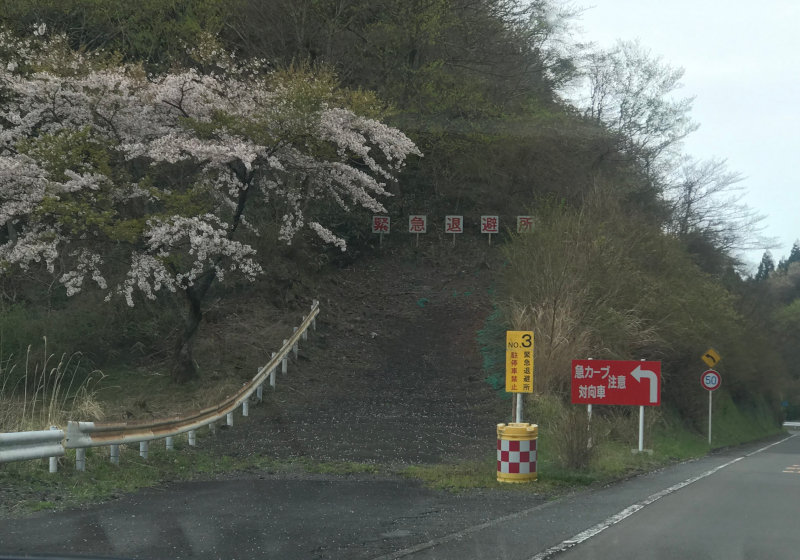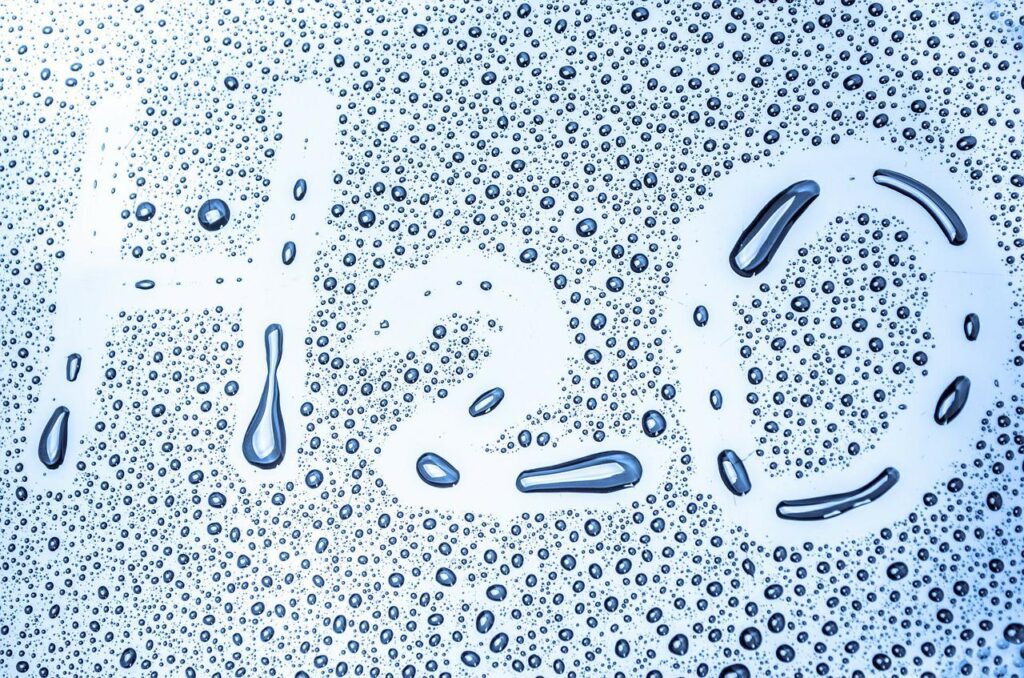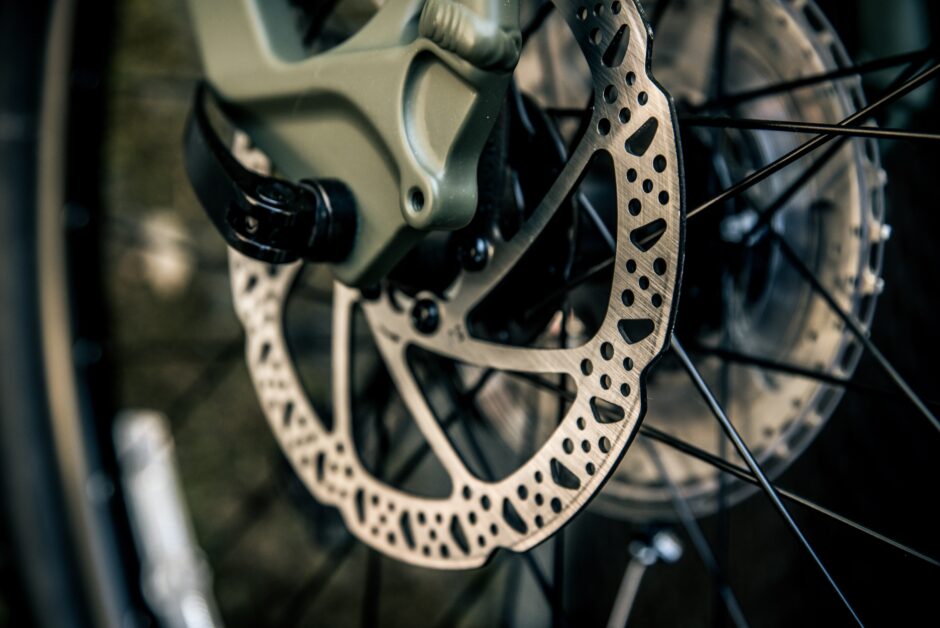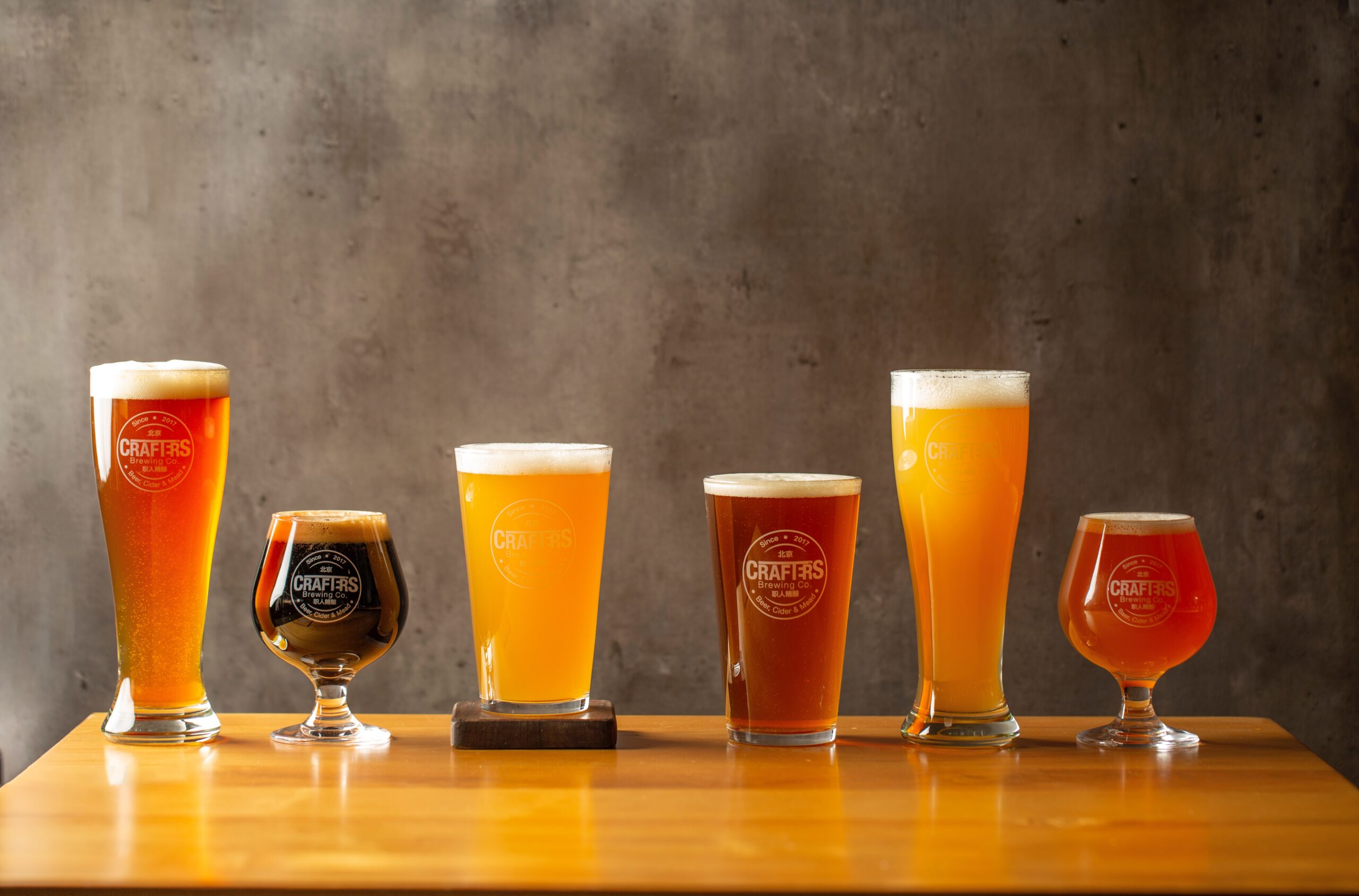Hello, it’s Masami.
I recently had a problem with my road bike, a rear brake failure.
I’ve always been a huge fan of disc brakes and nothing changes.
However, with the recent problem, I’ve realised that there’re certain things we need to be aware of when it comes to disc brake handling.
In this article, I would focus on “vapor lock” in particular; what is vapor lock and what we need to know about it.
A disclaimer that “disc brake” in this article refers to hydraulic disc brake only.
How does hydraulic disc brake work?
Before looking into vapor lock, first we need to know how disc brake works.
Hydraulic disc brake system has oil reservoir tanks on both left and right brackets and the brake hose filled with brake fluid goes all the way from the tanks to brake calipers.
When we squeeze brake levers, the fluid will be pushed out from the tanks and pressure the brake pads out to the calipers and the pads will hold the brake rotors to stop the movement.
I’ve talked about hydraulic disc brake system in one of my YouTube videos. Please take a look if you’re interested 🙂
What is vapor lock?
Vapor lock happens when the fuel in your fuel lines vaporizes, turning from a liquid to a gas.
Reference: boldmethod https://www.boldmethod.com/learn-to-fly/systems/what-is-vapor-lock-and-how-does-it-happen/

Gas, in this case, is basically an air, has a characteristic to absorb the power.
Hence, when liquid inside the fuel line turns to a gas, the pressure from the brake lever cannot be effectively delivered and it leads to a brake failure.
What causes the fuel vapor?
Too much braking
Fuel, such as brake fluid has higher boiling point than water. It’s usually around 200 degrees celsius, therefore it doesn’t boil up so easily.
However, when the heat caused by friction between brake pads and rotors go too high, it can vaporize the fuel, especially automatic vehicles (cars).
Some of you might have a chance to see a high sand slope at mountain passes where cars can crash in to kill the speed and stop when vapor lock happens.

As I’m talking about bicycle now, it’s not quite likely to have such high friction heat by hard braking, although it’s hard to say never…
Brake fluid deterioration
Even though it wouldn’t be common to have vapor lock with bicycles, one thing we need to remember is that brake fluid is hydroscopic and deterioration of the fuel can cause a problem.
Moisture caused by temperature drop from run time to idle and moisture in the air can be absorbed and get accumulated inside the fuel.
When moisture inside the fuel is increased, the boiling point of the fuel will go down, which can increase the chance of vapor lock occurrence.

Other reasons for a gas in the fuel line
Is there any other reasons why a gas comes into fuel line? The answer is yes.
It can commonly happen during brake maintenance. When you renew brake hoses, fuel or anything connected to brake systems, an air can come into the line.
If you take your bike to a pro bike shop, they’ll remove air at maintenance, which will remove most of the problem.
But sometimes there’s an air remained in the fuel line even after the operation.
And that can cause a brake failure similar to vapor lock but it’s different, as it’s not caused by the fuel vapor.
This is called “air entrainment”.
How can we avoid vapor lock?
The biggest benefit of disc brake is, of course, its high braking force.
If we cannot get the benefit due to vapor lock or air entrainment, there’s no point in having disc brakes, right?
Rim brake road bikes are usually lighter and easier to maintain.
Here’re some tips to get the best benefit out of disc brakes without being afraid of vapor lock and air entrainment.
- Release brake levers for 1 second in every 5 to 6 seconds.
- Change brake fluids at recommended frequency by the manufacturer.
- Consult to pro shop whenever you feel something wrong with braking.
Summary
With road bike, we can go further and faster. It’s a very healthy and environmental friendly exercise.
But it can be dangerous also, especially if your bike is not well maintained.
Needless to say, the brake system is the most important safety feature and we cannot underestimate the importance of its maintenance.
Whenever you feel something wrong with braking, go and consult to pro shop nearby.
And do not forget to release brake levers once in a while to avoid the risk of overheating the fuel.
I hope you find this article useful. Have a great ride!



